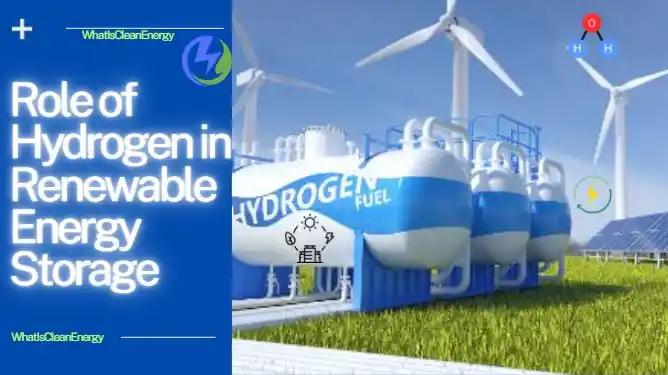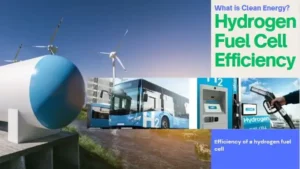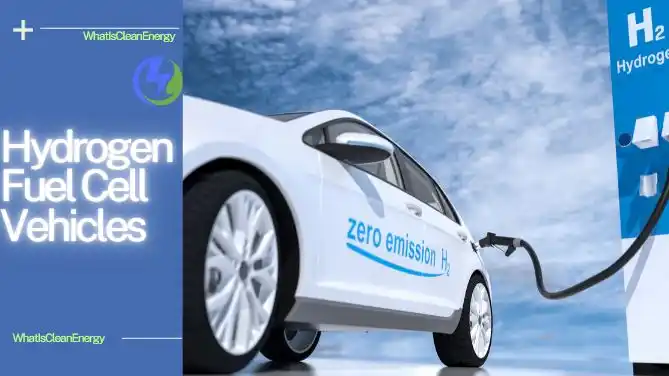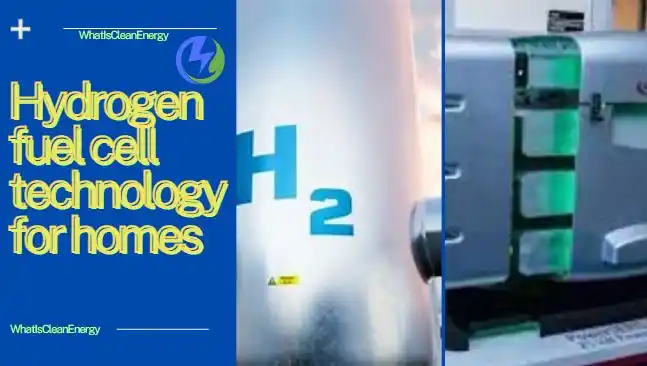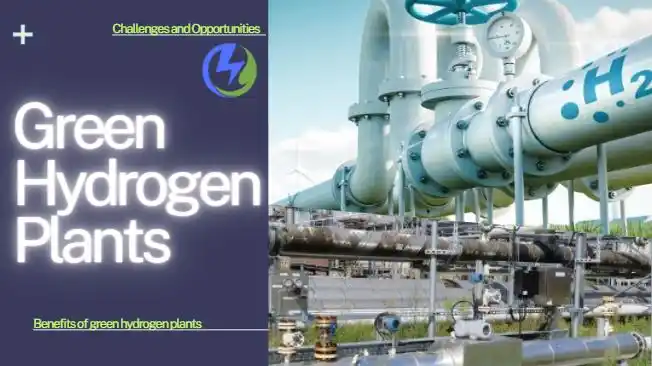Renewable energy is energy that comes from natural sources that do not run out, such as the sun or the wind. Renewable energy is good for the environment because it does not cause pollution or global warming. But renewable energy has a problem: it is not always available. Sometimes there is too much sun or wind, and sometimes there is not enough. This means that we need a way to store renewable energy when we have more than we need and use it when we have less than we need.
One of the ways to store renewable energy is hydrogen. Hydrogen is a gas that has a lot of energy in it. We can make hydrogen from water using renewable electricity. We can keep hydrogen in different places. Such as tanks, pipes, or underground spaces, and used later to make electricity or heat or as fuel for cars, buses, trains, ships, or planes. Hydrogen can also be changed into other things that have energy in them, such as ammonia or synthetic fuels, which can be moved and used in different places.
In this article, we will learn more about hydrogen and how it can help store renewable energy. We will also see some of the benefits and challenges of using hydrogen for this purpose.
What is hydrogen and how do we make it?
Hydrogen is a gas that is very simple and common. It is found in water, plants, animals, fossil fuels, and many other things. Hydrogen has a lot of energy in it, which means that it can store a lot of energy in a small amount of gas. However, hydrogen also takes up a lot of space when it is a gas or a liquid.
We can make hydrogen from different things using different methods. The most common methods are:
- Steam methane reforming (SMR): This is when we use high-temperature steam to break natural gas (mostly methane) into hydrogen and carbon dioxide. This is how we make most of the hydrogen we use today, but it also causes a lot of pollution.
- Electrolysis: This is when we use electricity to split water into hydrogen and oxygen. This is a clean way to make hydrogen if we use renewable electricity, such as solar or wind power. But this also needs a lot of electricity and water, which can be expensive and scarce.
- Biomass gasification: This is when we use high-temperature steam or oxygen to break plants or waste into hydrogen and carbon monoxide. This is a way to make hydrogen from things that are renewable and organic, which can reduce waste and pollution. But this also needs a lot of land and water, which can affect food and nature.
- Thermochemical cycles: These are when we use heat and chemical reactions to break water or other things into hydrogen. These are ways to make hydrogen efficiently and cleanly using heat from nuclear power plants or solar power plants. But these are still being developed and have some problems.
Colors of Hydrogen
We can use different colors to show how clean or dirty different ways of making hydrogen are. The International Energy Agency (IEA) has suggested these colors:
- Grey hydrogen: This is hydrogen made from fossil fuels without capturing or using carbon dioxide. This is the most common type of hydrogen today, but also the dirtiest one.
- Blue hydrogen: This is hydrogen made from fossil fuels by capturing or using carbon dioxide. This is a way to make less pollution from fossil fuels, but not get rid of it completely.
- Turquoise hydrogen: This is hydrogen made from fossil fuels breaking methane into hydrogen and solid carbon without making carbon dioxide. This is a way to avoid pollution from fossil fuels, but also make a new thing (solid carbon) that can have good or bad uses.
- Green hydrogen: This is hydrogen made from water using renewable electricity sources. This is the cleanest way to make hydrogen, as it does not cause any pollution or global warming.
- Pink hydrogen: This is hydrogen made from water using nuclear power. This is another clean way to make hydrogen, but it also has some issues such as safety, waste, and people’s opinions.
The colors can help us compare and choose different ways of making hydrogen based on how good or bad they are for the environment and the future.
How can hydrogen help store renewable energy?
Hydrogen can help store renewable energy for many reasons:
- Hydrogen can store a lot of energy for a long time: Hydrogen has more energy than batteries or other things that store energy. Hydrogen can also keep its energy for a long time without losing it, unlike batteries that get worse over time. Hydrogen can be kept in different places, depending on how much and how long we need to store it.
- Hydrogen benefits the power grid: It helps balance electricity supply, especially with renewable energy. When we have extra renewable power, we can turn it into hydrogen and change it back into electricity when needed. Hydrogen also keeps the power grid stable and safe by adjusting the electricity’s frequency and voltage.
- Hydrogen connects different parts of the energy system: It acts as a bridge between electricity, heat, transportation, and industry. Hydrogen can be transformed into things with energy, like ammonia or synthetic fuels, which can be used in various places. It can also be used directly for heating, cooking, driving, and manufacturing. Hydrogen reduces our reliance on fossil fuels and increases the use of renewable energy across the energy system.
What uses hydrogen in the energy system?
Hydrogen has many uses in different parts of the energy system, depending on what kind, how much, and how much hydrogen we need. Some of the things that use hydrogen are:
- Power generation: Hydrogen can be used to make electricity in different ways, such as in fuel cells, gas turbines, or combined heat and power (CHP) plants. Hydrogen can make clean and flexible electricity that can work well with renewable energy sources. Hydrogen can also store renewable electricity and provide backup power when we need it most or when there is an emergency.
- Heating: Hydrogen can be used to make heat for buildings or other things. Hydrogen can be burned in boilers or furnaces to make heat, or used in heat pumps or CHP plants to make both heat and electricity. Hydrogen can also be mixed with natural gas or biogas to make them less dirty and more renewable.
- Transportation: Hydrogen can be used as a fuel for different ways of moving around, such as cars, buses, trucks, trains, ships, or planes. Hydrogen can be kept in tanks or cylinders and used in fuel cells to power electric motors. Hydrogen can also be changed into synthetic fuels, such as methanol or diesel, and used in engines that burn fuel. Hydrogen can make zero-pollution and quiet transportation, that is good for the air and the noise.
- Industry: Hydrogen can be used as a material or a fuel for making different things, such as oil, chemicals, fertilizers, steel, or glass. Hydrogen can replace fossil fuels or reduce the pollution they make during these processes. Hydrogen can also help us make new things or products, such as carbon fibers or nanotubes.
What are some of the benefits and challenges of hydrogen in renewable energy storage?
Hydrogen has many good things as a renewable energy storage solution, but also some bad things that we need to fix. Some of the good and bad things are
Benefits
Environmental: Hydrogen cuts pollution and fights global warming by replacing fossil fuels and supporting renewables. It also makes our energy system more adaptable to combat climate change.
Economic: Hydrogen opens new markets, sparks innovation, and fosters economic growth. It lessens reliance on foreign energy, enhancing energy security through diverse options and sources.
- Social: Hydrogen can improve our quality of life and well-being by providing clean and cheap energy access and mobility. Hydrogen can also create new jobs and skills by teaching and training people in the hydrogen sector.
Challenges
- Technical: Hydrogen faces challenges related to its efficiency, safety, and integration with the energy system. Its performance compared to other fuels, and compatibility with different energy storage methods. To improve its reliability, more research and development are required.
- Economic: Hydrogen has issues related to its cost, market size, profitability, funding, and policy support. To make hydrogen more affordable and valuable, we need more investments and incentives.
Conclusion
Hydrogen is a gas that has a lot of energy in it. We can make hydrogen from water using renewable electricity. We can use hydrogen to store renewable energy when we have more than we need and use it when we have less than we need. We can use hydrogen for different things in different parts of the energy

